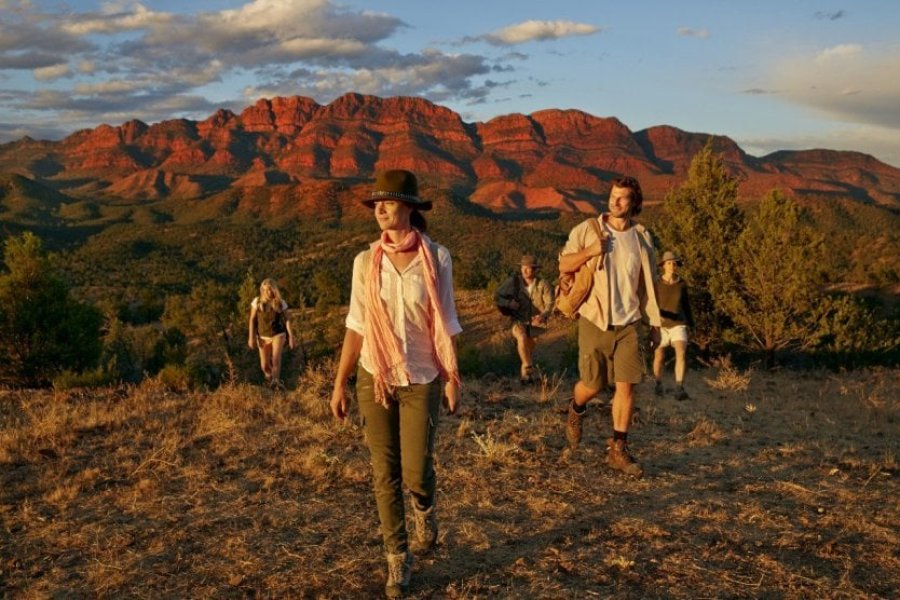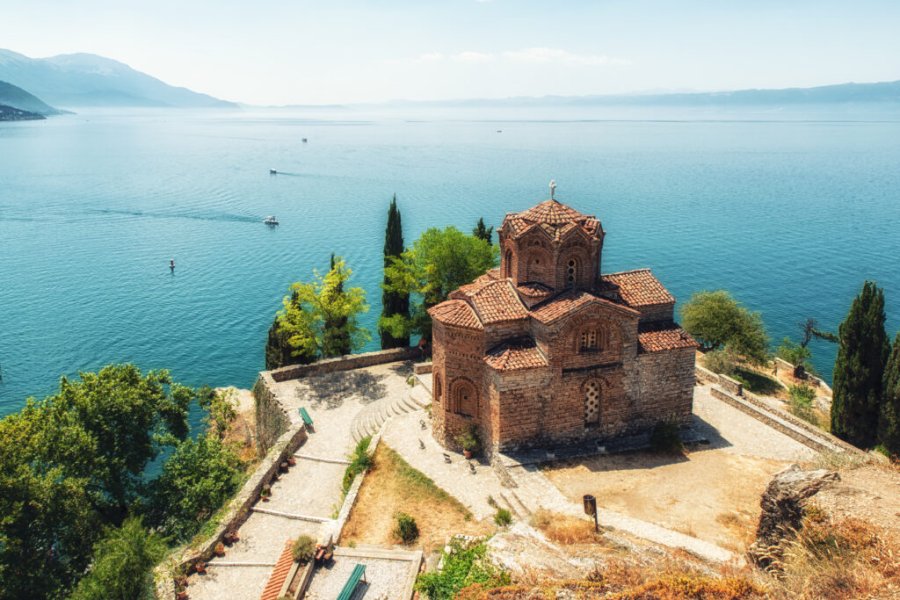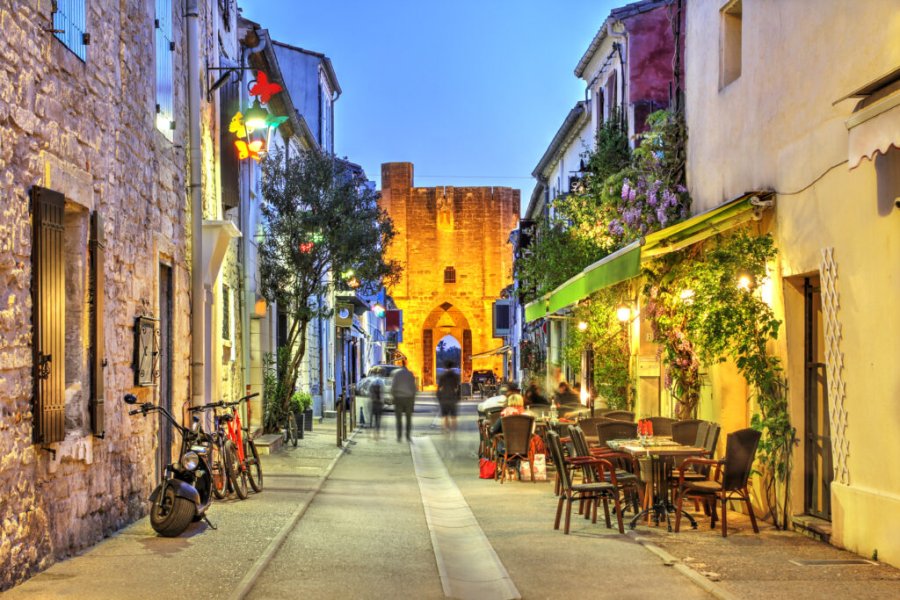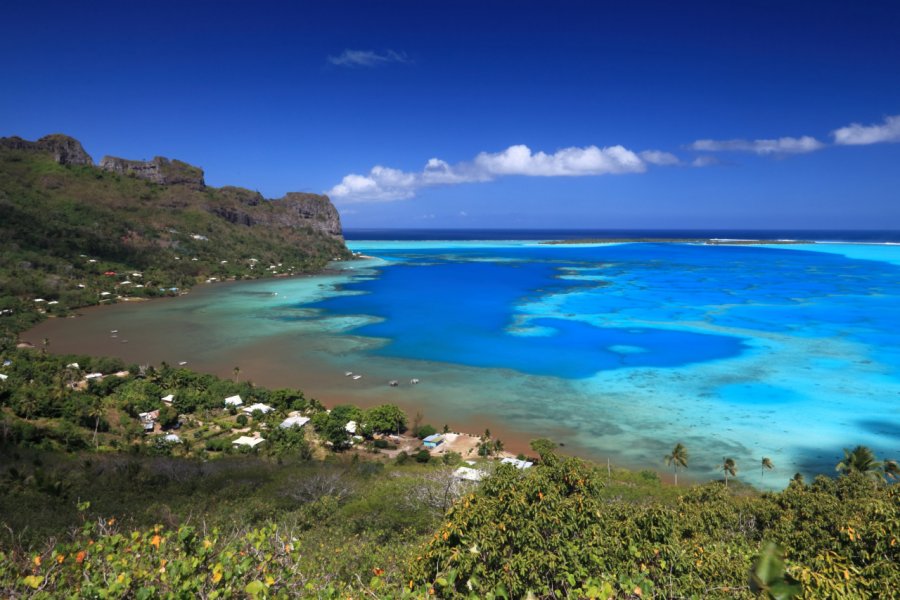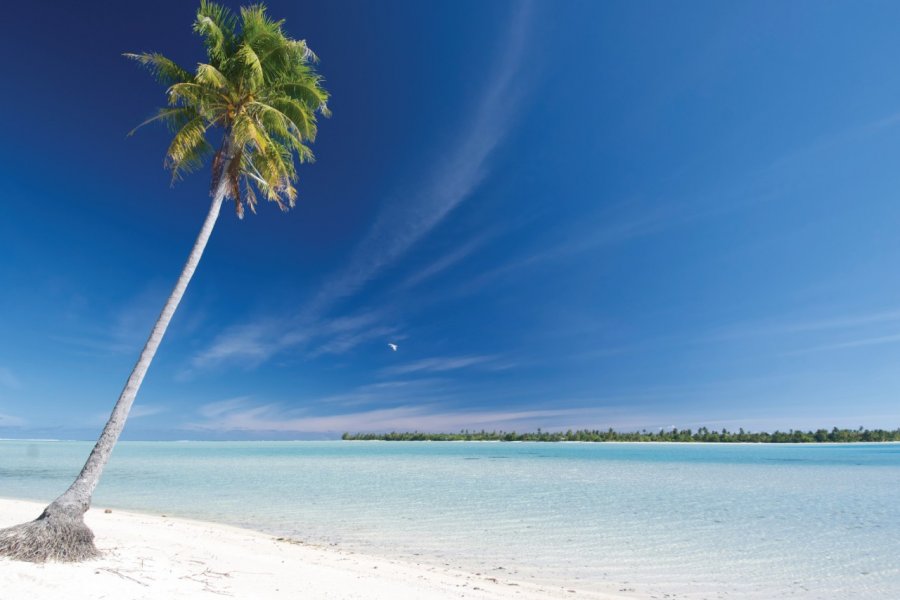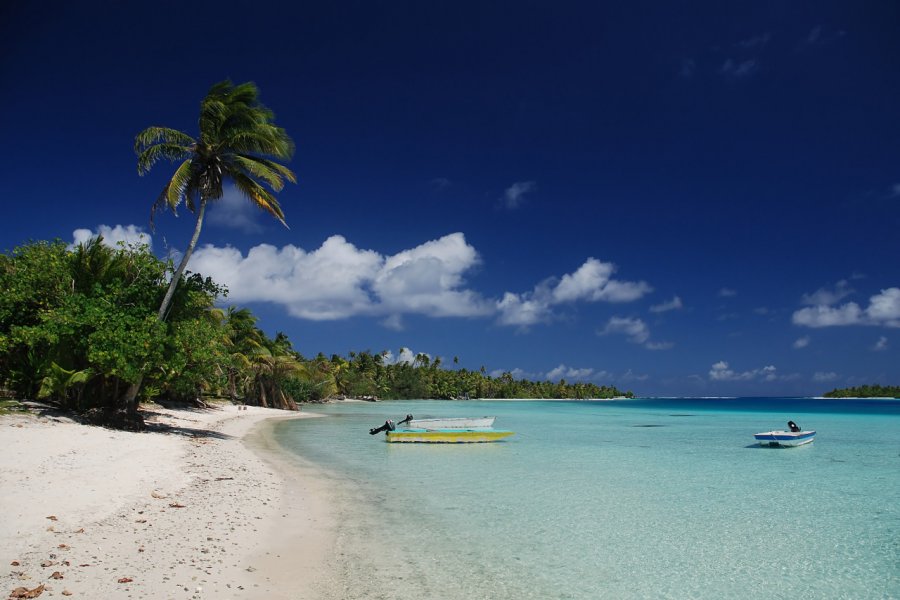Travel Guide Maupiti
Find an accommodation
Advertising
40 km west of Bora Bora stands Maupiti, curious green rock emerging from water. Maupiti is considered by many travellers to be one of the most beautiful islands in the South Seas and remains one of their best memories. Small sister of Bora Bora, it has the same glittering lagoon crowned with motus and a majestic mountain in the middle. From the same geological type as Bora Bora, Maupiti is a former volcano that flatten, while sand accumulates on the reef, showing two great motus, Auira and Tuanai, each describing a circle of circle around the mountain. It is the oldest island of the Society's islands, born about four million years ago.Maupiti could look like old, peaceful and preserved Polynesia. Without a bar or hotel or a discotheque or bank, it does not know the tourist proliferation of Bora Bora, and lives on the day of fishing, copra, and watermelons. It has always been a separate island, both in ancient times and today, as a small island at the end of an inhabited archipelago.Maupiti today lives at the idle rhythm of its 1 231 inhabitants (in 2007), and people are still telling you hello when you cross them. Two summits dominate, Mount Hotu Paraoa (250 m) and the Teurafaatiu or Nuupure (380 m), offering those who dare to climb them an incredible panorama on the whole lagoon with the Bora Bora Bora, and sunny Raiatea and Tahaa.The lagoon is pierced by two passes, the first to the south of the island, Onoiau, narrow and deemed difficult in the event of swell, and the second to the north, also named false passes, to allow the passage of boats.Air Tahiti aircraft are on a gravel track of the Récemment Motu, recently expanded. A shuttle bus is required to reach the main island. The village of Vaiea, the island's main island, stretches along the island's only road, where around vehicles are transported, dominated by a nearly vertical cliff at the pier level.The island is crossed by a mountainous chain impressive by its sharp relief, the north-south ridge line with the main summits. The tour of Maupiti takes about two and a half hours on foot (10,6 km) and allows you to discover the splendid colours of the lagoon, the other villages of the island, Petei, Farauru and Mellow, which are just a few poignées of lost houses in the jungle, Tereia beach, and marae and petroglyphs scattered in nature.To sum up, Maupiti is probably the most accessible wilderness island: well connected and close to other tourist islands, it can easily have an overview of traditional Polynesia. But its tranquillity and its softness in life do not take place in one day; We advise you to stay at least three or four days. Maupiti did not follow the path of his great sister Bora Bora, and finally proved quite different. Many boats have failed in their narrow pass; moreover, its inhabitants have never really encouraged the development of similar tourism. Maupiti chose to turn to the traditional activities of fishing, copra and the culture of the watermelon and melon, and more recently perliculture. moreover, it has developed a little family tourism. The best time to go is at the new year's festivities, which will spread for at least two weeks. This is a kind of Heiva, authentic, with traditional songs, dances and festivals. Maupiti is one of the few islands in which there is still a organise fishery. We throw stones attached to cords to bring the fish to the shore, and then you make a big meal. Impressive, and very authentic!
What to visit Maupiti?
Advertising
Suggested addresses Maupiti
Weather at the moment
Advertising
Organize your trip with our partners Maupiti
Transportation
Book your plane tickets
Car Rental
Boat rental
Accommodation & stays
Find a hotel
Holiday rental
Find your campsite
Tailor-made trip
Immersion travel
Services / On site
Activities & visits
Find a doctor

